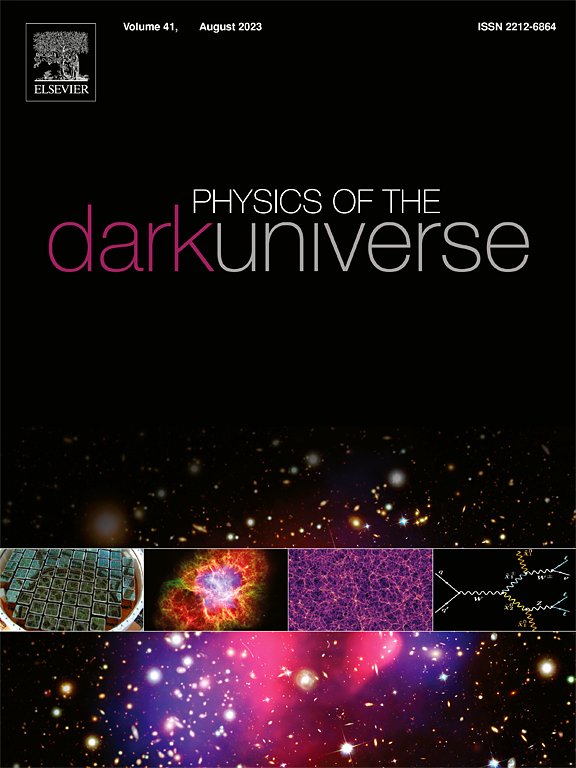Neutrino masses from large-scale structures: Future sensitivity and theory dependence
IF 5
2区 物理与天体物理
Q1 ASTRONOMY & ASTROPHYSICS
引用次数: 0
Abstract
In the incoming years, cosmological surveys aim at measuring the sum of neutrino masses , complementing the determination of their mass ordering from laboratory experiments. In order to assess the full potential of large-scale structures (LSS), we employ state-of-the-art predictions from the effective field theory of LSS (EFTofLSS) at one loop to perform Fisher forecasts on the sensitivity (combining power spectrum and bispectrum) of ongoing and future surveys (DESI, MegaMapper) in combination with CMB measurements (Planck, Litebird and Stage-4). We find that the 1 sensitivity on is expected to be 15 meV with Planck+DESI, and 7 meV with S4+MegaMapper, where and 30% of the constraints are brought by the one-loop bispectrum respectively. To understand how robust are these bounds, we explore how they are relaxed when considering extensions to the standard model, dubbed ‘new physics’. We find that the shift induced on by a shift on new physics parameters (we consider extra relativistic species, neutrino self-interactions, curvature or a time-evolving electron mass) could be meV for Planck+DESI, but it will be suppressed down to meV in S4+MegaMapper. Our study highlights the quantitative impact of including the bispectrum at one loop in the EFTofLSS, and the robustness of the sensitivity to against potential new physics thanks to the synergy of cosmological probes.
求助全文
约1分钟内获得全文
求助全文
来源期刊

Physics of the Dark Universe
ASTRONOMY & ASTROPHYSICS-
CiteScore
9.60
自引率
7.30%
发文量
118
审稿时长
61 days
期刊介绍:
Physics of the Dark Universe is an innovative online-only journal that offers rapid publication of peer-reviewed, original research articles considered of high scientific impact.
The journal is focused on the understanding of Dark Matter, Dark Energy, Early Universe, gravitational waves and neutrinos, covering all theoretical, experimental and phenomenological aspects.
 求助内容:
求助内容: 应助结果提醒方式:
应助结果提醒方式:


